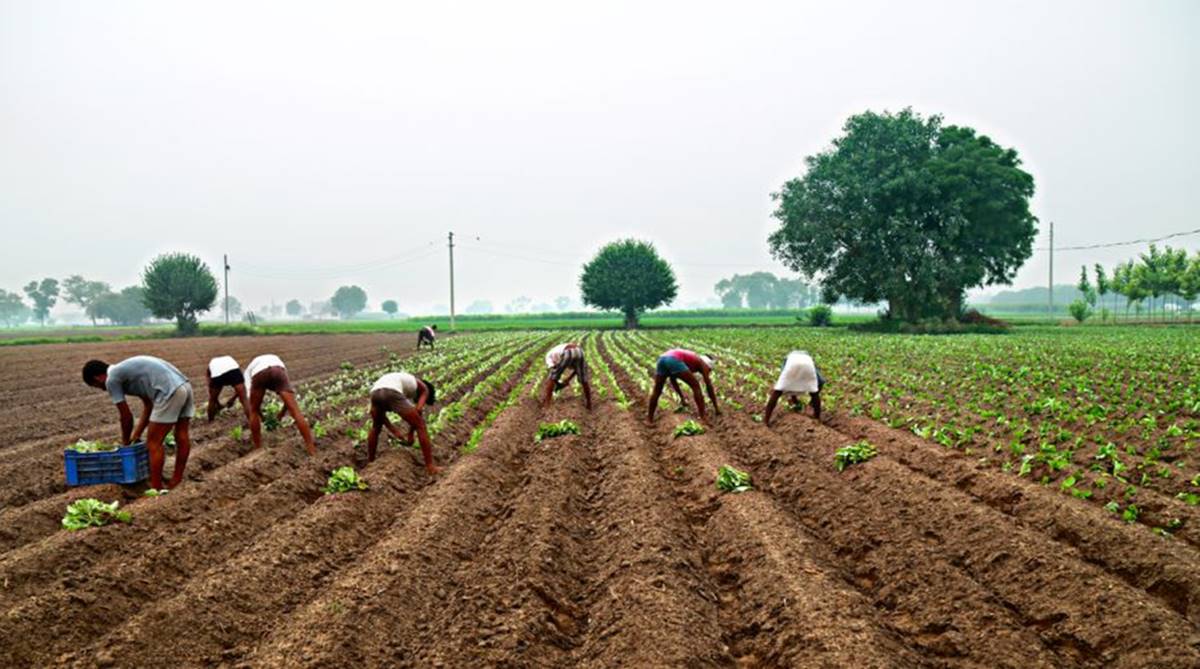Horrifying numbers about farmer suicides in the USA, Australia and other farming countries may offer their Indian counterparts ~ who find solace in death, given the hopelessness of their circumstances ~ grotesque comfort in that they are not alone. The USA’s farmer suicide rate is more than double that of veterans, according to a Centres for Disease Control and Prevention study, with male farmers in 17 states taking their lives at twice the rate than did the general population in 2012 and 1.5 times higher than in 2015. It is con-
ceded that this was probably an underestimation because the survey missed several agricultural states and, as is the case in India, many farmer suicides were passed off as accidents.
Statistics confirm the ghoulish proportions of farm stress across the world. In Australia, a farmer commits suicide every four days; in the UK, one a week; in France, one every two days; in India, the last 22 years have witnessed more than 330,000 farmers doing so; upwards of 12,000 farmers a year; or 33 every day, in what is acknowledged as a malaise of massive proportions that seemingly defies healing. Yet if one looks at the numbers across the board, it is clear that the mystery lies in the fact that farmers across the globe have been denied fair incomes in a bid to keep food costs down.
Advertisement
READ | Temples can play role in tackling farm crisis
The similarity between USA and India’s positions is uncanny; the US department of agriculture’s chief economist, Robert Johansson’s candid assessment is that falling net farm income is largely because of falling commodity prices and productivity outpacing population growth and food demand. Regrettably, no such honesty can be expected from the Indian bureaucracy.
The average monthly incomes of farm households in India moved up by Rs 2,505 per month in the past four years, calculated by comparing a Nabard All India Rural Financial Inclusion Survey report with a 2012-13 study by the National Sample Survey Organization, which estimated the average monthly income of farm households at Rs 6,426 amidst sharply escalating input costs.
It may be churlish to point at professions that have helped themselves to humungous increments though one cannot help but notice that government servants will see a doubling of the minimum starting salary to Rs 18,000 per month with an overall additional burden of 0.7 per cent burden on the GDP and an annual burden of Rs 102,000 crore, courtesy the Seventh Pay Commission. To establish the contrast between the farmer and the babu in starker terms, India spends Rs 10.18 trillion on the emoluments of the latter at the Centre and in the states; a staggering 8.15 per cent of its GDP. The hapless farmer must be content with the vacuous promise of a doubling of income.










